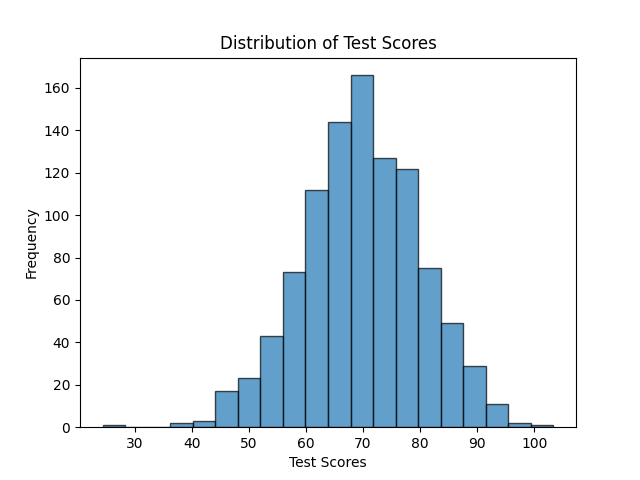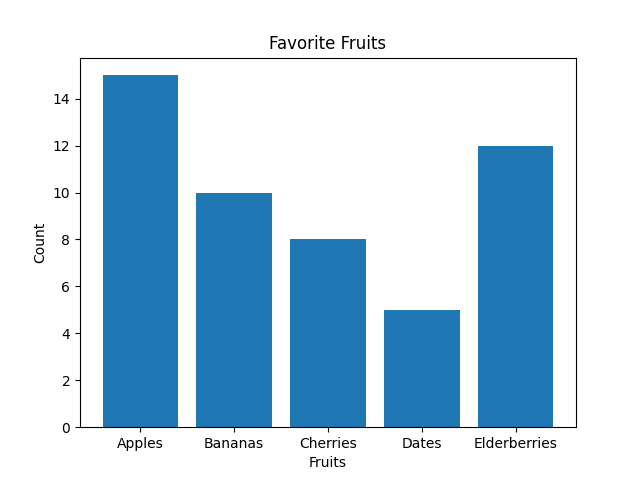If a box of 35 syringes costs $560.00, which of the following is the cost of two syringes?
A. $15.00
B. $16.00
C. $32.00
D. $8.00
the question requires we find the cost of two syringes.
If we let x be the cost of two syringes, then we set up a proportion equation with cost as numerator and number of syringes as denominator. The proportion equation becomes

Cross-multiply to solve for x


Rearranging the above

Divide both sides by 35


The cost of 2 syringes is $32.
Therefore, the Correct Answer is C.







